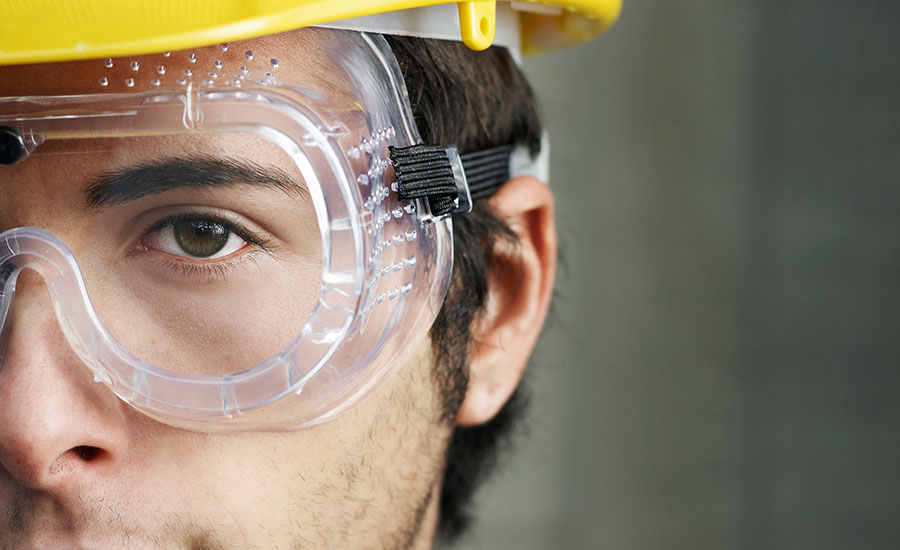Although hardhats are a fixture in construction work and are intended to keep construction workers safe, they do not always prevent accidents that lead to traumatic brain injury (TBI) on construction sites, according to the Brain Injury Society.
TBIs occur when a bump or blow to the head, or a penetrating head injury, causes an injury that disrupts the normal function of the brain. A TBI can be mild or severe, with concussions being the most common TBI, according to the Centers for Disease Control and Prevention. These injuries may resolve over time – or they may affect an injured person for the rest of his or her life.
While hardhats provide the best hope of protection from TBI, they can’t protect you if you don’t wear them at all times or if you wear an inferior or damaged hardhat, says the Brain Injury Society.
Sometimes TBIs happen even though someone is wearing proper head protection, much in the same way football players can sustain a concussion despite wearing protective helmets.
The construction industry is one of the most dangerous work environments. A study of U.S. workplace-related TBIs published in the American Journal of Preventive Medicine found the construction industry had the highest number of TBIs on the job.
Investigators from the NIOSH’s Division of Safety Research used data from the Census of Fatal Occupational Injury (CFOI), coupled with the Current Population Survey, to determine that the construction, transportation and agriculture/forestry/fishing industries account for half of all workplce TBI fatalities.
According OSHA, the fatal injury rate for the construction industry is higher than the national average and has the dubious distinction of the worst risk for TBIs. Hazards for construction workers include falls, trench collapses and scaffold collapses, all of which can lead to TBI. OSHA estimates 25,000 injuries and as many as 36 deaths are caused by falls on stairways and ladders on construction sites during a typical year.
OSHA calls for workers to wear head protection when there is the potential for falling objects from above, bumps to the head from fixed objects or accidental contact with electrical hazards.
Some TBIs happen in instances in which workers might think they don’t need hardhats. For example, falls have become the leading cause of TBIs, followed by car accidents. According to the Brain Injury Institute, 20 percent of TBI-related workplace injuries come from falls that occur on surfaces that are uneven, wet or have an out-of-place object. All of these situations could easily occur on a construction site.
Source: The Brain Injury Society www.bisociety.org



